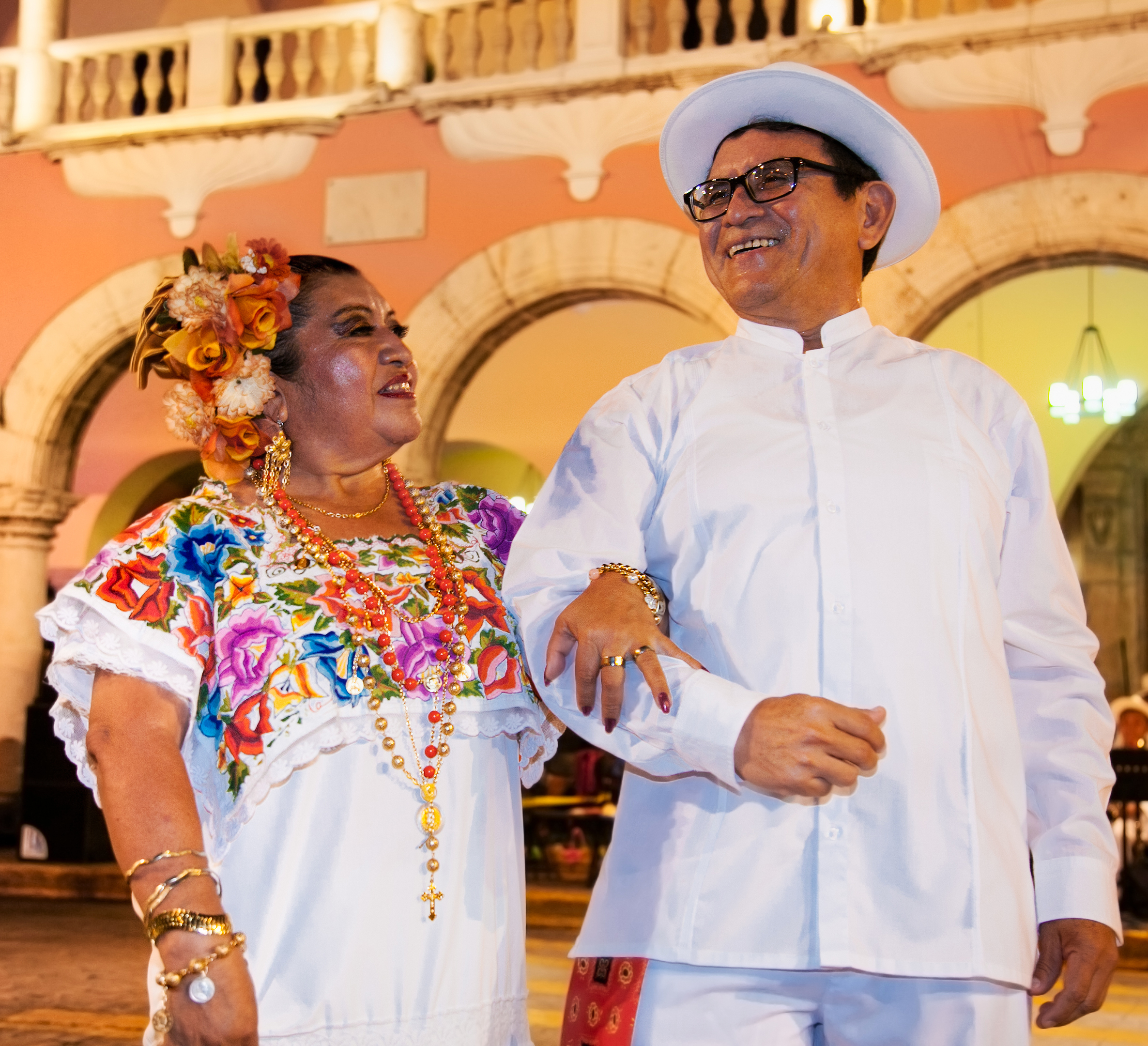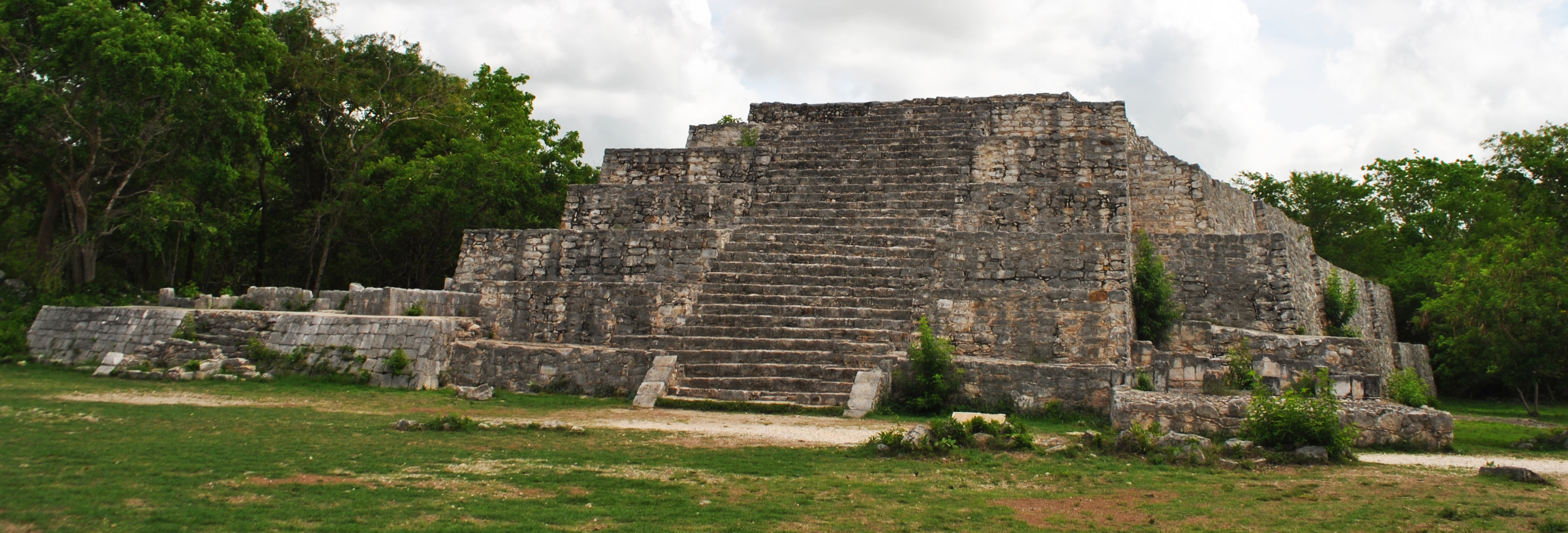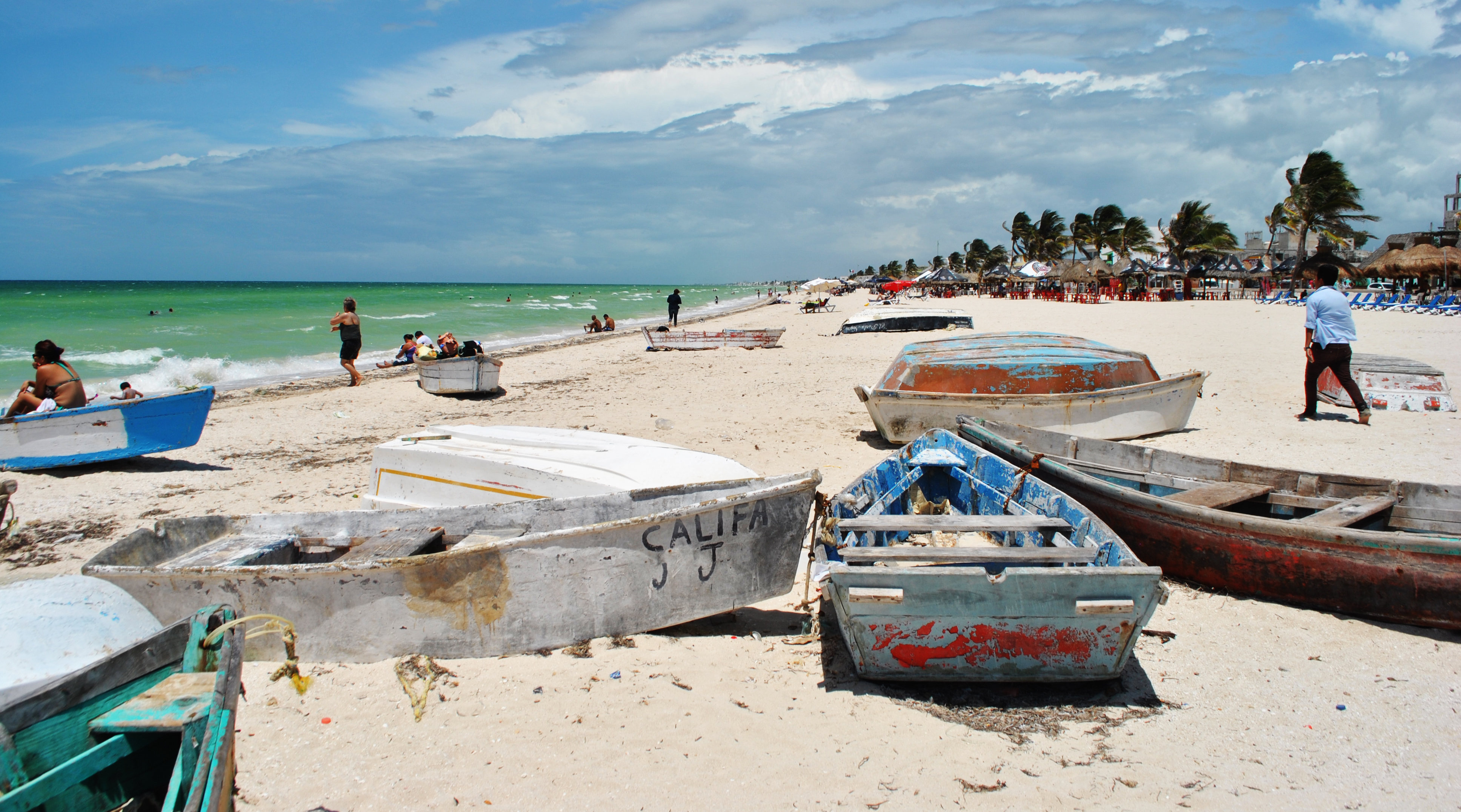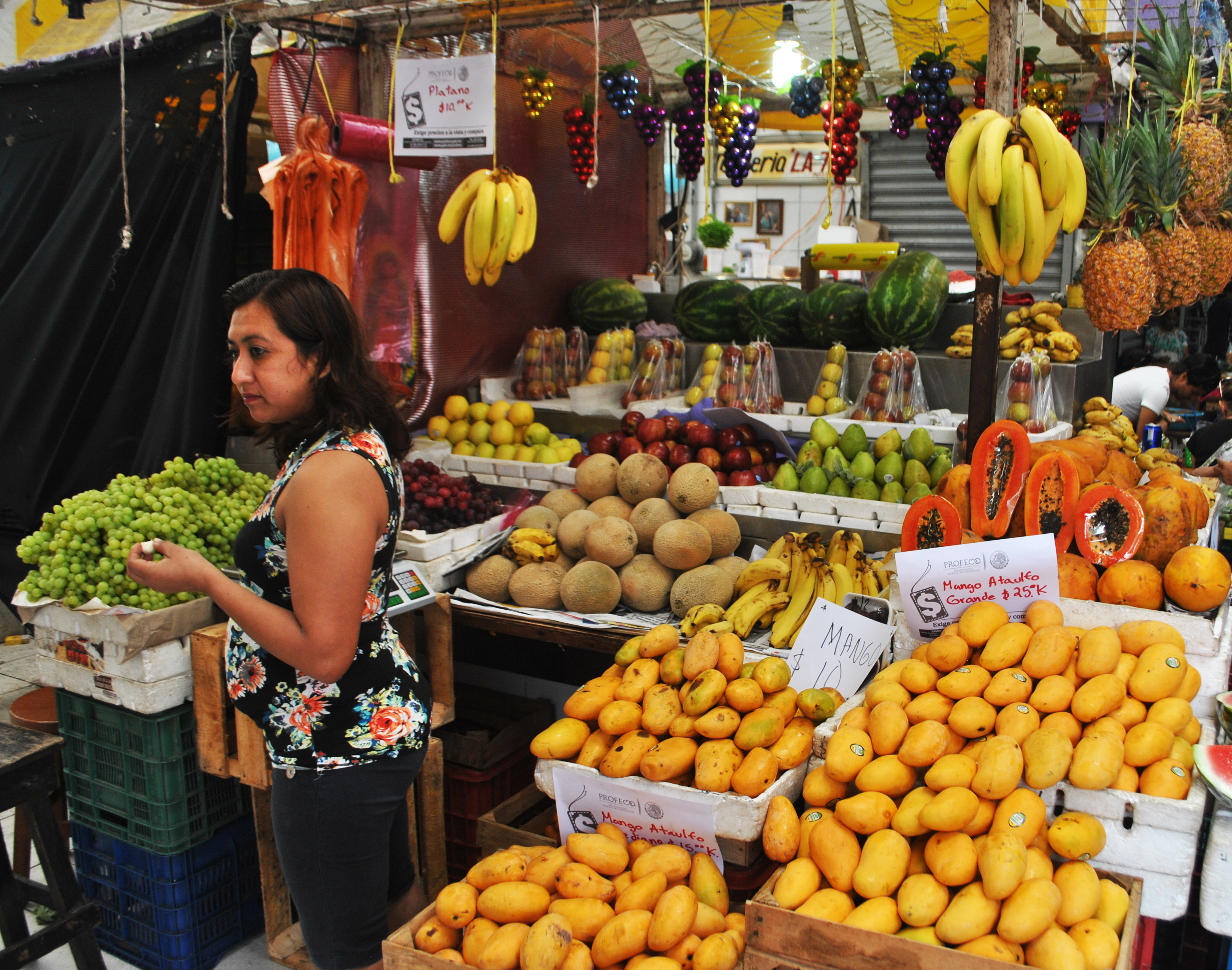MERIDA — Strolling through the cobblestoned streets of lovely town feels like a jaunt back in time. Everywhere I turn, iconic scenes of Old Mexico — including haciendas lining the street, vendors decked out in colourful embroidered huipils and the pounding of handmade tortillas — pop up all over this historic town. But the real charm of Merida is that much of this is just daily life and not conjured up as cheap tourist traps. From the well-preserved historic centre to the grand haciendas and nearby Mayan ruins, you won’t find a more authentic Mexican experience than Merida.
Pushing open the heavy door of Hotel Hacienda Merida is almost like peeking behind a magician’s cape. The simple facade opens up to reveal an 1840s era sanctuary with soaring ceilings and a courtyard lined with palm trees. I’m greeted with a drink and then quickly guided up the winding stairs to my room with a soothing poolside view. The 12-room boutique hotel is one of many that have converted haciendas into intimate lodging. The elegant details of mosaic tiles, peach and gold walls and curved doors with wrought iron fixtures give a real sense of traditional hacienda living.


Left: Traditions die hard in lovely Merida. Right: City preserves its colonial buildings.
A century ago, haciendas were the hallmark of the Merida economy, producing agricultural products like sisal, which kept wealthy landowners living in luxury. The estates were abandoned after the Yucatan Caste Wars of 1847-1901, which gave Mayan workers more equity. Now, every other shop, hotel and cafe in Merida is a former hacienda, Entering these establishments supplies an interesting contrast of contemporary society and the formal beauty of the colonial past.
Just outside the hotel, the busy main plaza and historic centre are just a few blocks away. Despite the dodgy Mexico stereotypes, I find that walking Merida streets is perfectly safe and I amble past haciendas, shops and bars with no problems, other than narrow sidewalks. At the historic centre, an imposing grid of colonial buildings looms before me.
As the biggest city and capital of Yucatan state, Merida boasts the second-largest historic centre in Mexico, with structures dating from the 16th through 19th centuries encircling Plaza Grande like a crown of precious jewels. You need an entire day to visit each landmark, so start with the Cathedral de San Ildefonso.
The pale stones of the cathedral’s towering walls dominate the area and seem to overtake the whole plaza.

Above: The Mayan ruin at Dzibichaltun is one of the city's biggest attractions.
The cathedral is the largest in North America and sits atop the ancient Mayan city of T’ho, It was built between 1561 and 1598 using stones from Mayan temples and pyramids. Inside, vaulted ceilings and columns surround a 25-foot tall birch wood crucifix. Called Cristo de la Unidad, the cross was created by Spanish artist Ramon Lapayese del Rio to symbolize the unity between the Catholic church and the Maya. Conflict between the oppressive colonial powers and indigenous culture is woven throughout Merida history and I find the sculpture slightly unsettling. Gazing up at the somber piece, all I could think of were the Maya artifacts and history that were buried beneath it.
At Casa Montejo, I ‘m dazzled by the rosy grandeur of the 16th- century mansion built by the founder of Merida. The museum displays four rooms — library, living room, bedroom and dining room — outfitted with restored Victorian and Renaissance style furniture. Free concerts and folk art exhibits are also highlights of this cultural centre. I spent the most time in the Palacio de Gobierno or Government House, which showcases stunning murals by Fernando Castro Pacheco that illustrate Yucatan history. Walking through the courtyard and archways on two floors, I absorb the history of the region as I view powerful images of conquest, revolution and rebuilding. The essence of Merida culture is found within the traditions of the Maya people and I observe Mayan influence all over the city, from the banana leaf-wrapped dishes of tikin xic served at restaurants, to the jarana folk dances that whirl through plazas every Sunday. But it’s the ancient Maya ruins that really lay out the genius of the culture and I visit two that are located within an hour away of the city.


Above: The beach and local market are where most people like to hang out.
In Dzibilchatun, the wind is still and the surrounding trees look as if they are standing in silent guard. There is a sort of palpable reverence that flows through this small site that’s considered to be the longest functioning city of the Mayan world. Once a wealthy port city with a population of around 20,000, Dzibilchatun lost inhabitants to the newer city of Chichen Itza and that still appears to be the case today. There are few crowds at these striking ruins, which include the Temple of the Seven Dolls, a pyramid festooned with doorways that captures the rising sun during the fall and spring equinoxes. Clusters of stones and small temples dot the park but what stands out for me is a lily pad-covered pond that turns out to be a cenote. Although these sinkholes tend to be discovered inside caverns, they can also be uncovered and I jump into the shallow water, which houses tiny fish that nibble at my feet.
A little further west, the sacred site of Uxmal rises above the clouds like a castle. Founded in 700AD, Uxmal is a UNESECO World Heritage site and is considered the pinnacle of Mayan art and architecture. Temples carved with masks of Chac the Mayan god of rain, pyramids and raised platforms fill the site’s 150 acres. Despite its significance, there are no large crowds flocking to the ruins and I slowly climb to the top of the Great Pyramid, surveying all of the Uxmal ruins.
Standing at the top of Mayan creativity, I realize why Merida is so special. No other Mexican city presents the role of both Maya and Spain quite so effectively. •
About the Author
With a love for travel passed down from her globe-trotting granny, Rosalind Cummings-Yeates has spent most of her journalism career exploring cultures and documenting arts history. A Chicago native who escapes the city's six months of cold by specializing in Caribbean and Latin American travel and culture, she loves climbing volcanoes, strolling cobblestone streets and trekking on pink-sand beaches. She's the author of Exploring Chicago Blues: Inside The Scene, Past & Present (History Press) and writes a bi-weekly travel column for Travel Pulse. Follow her adventures on her travel blog, Farsighted Fly Girl and @farsightedgirl on Twitter and Instagram.